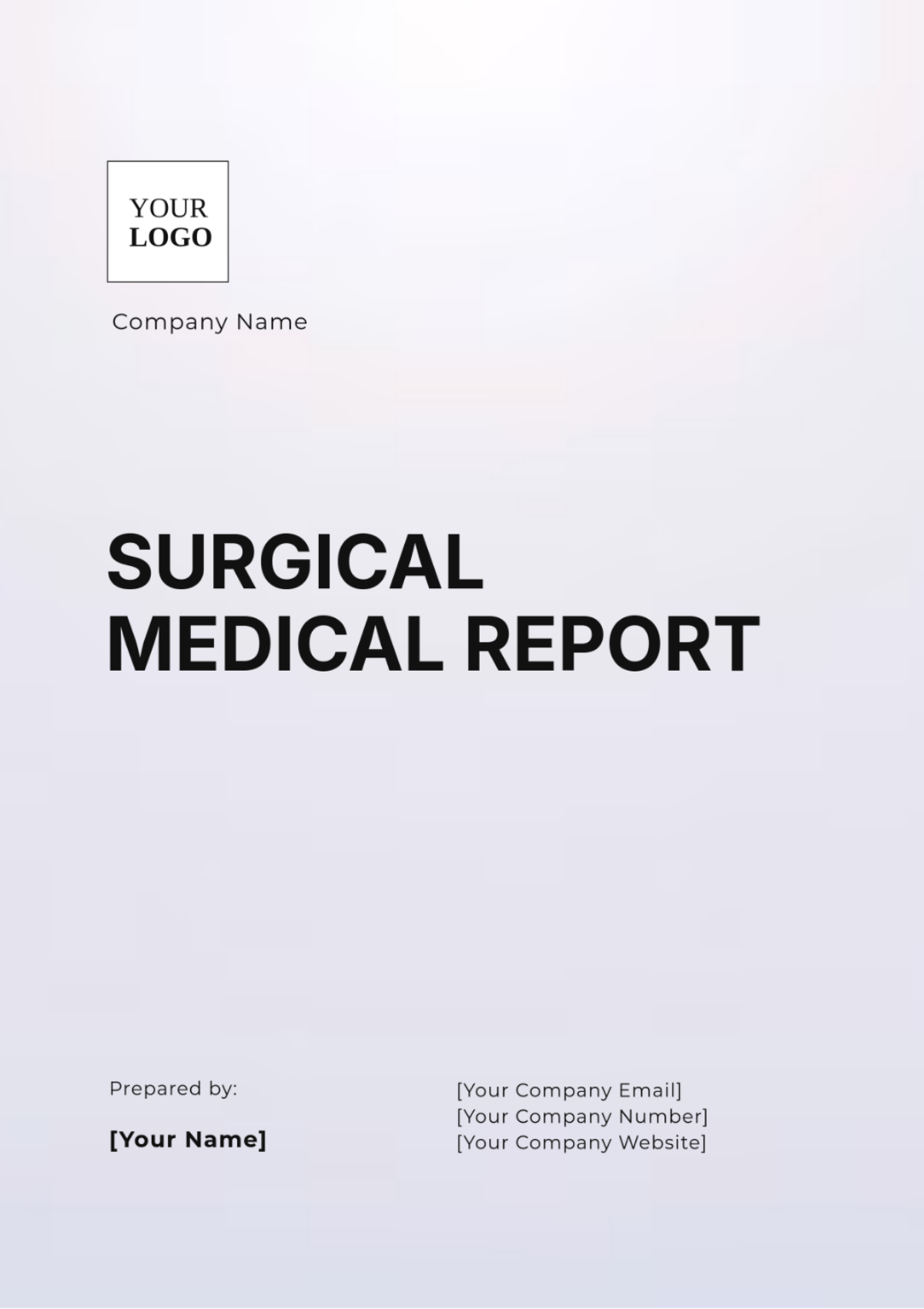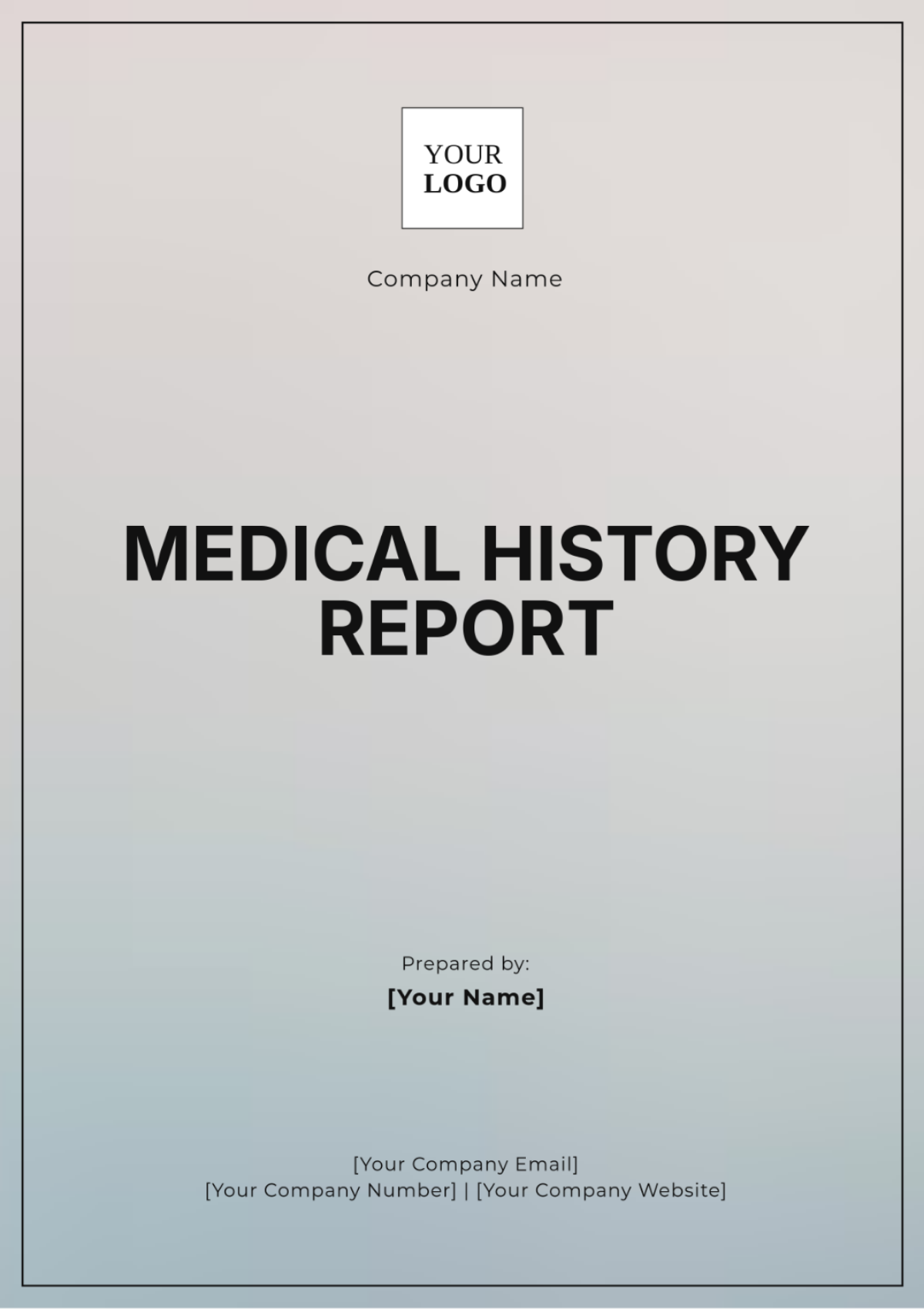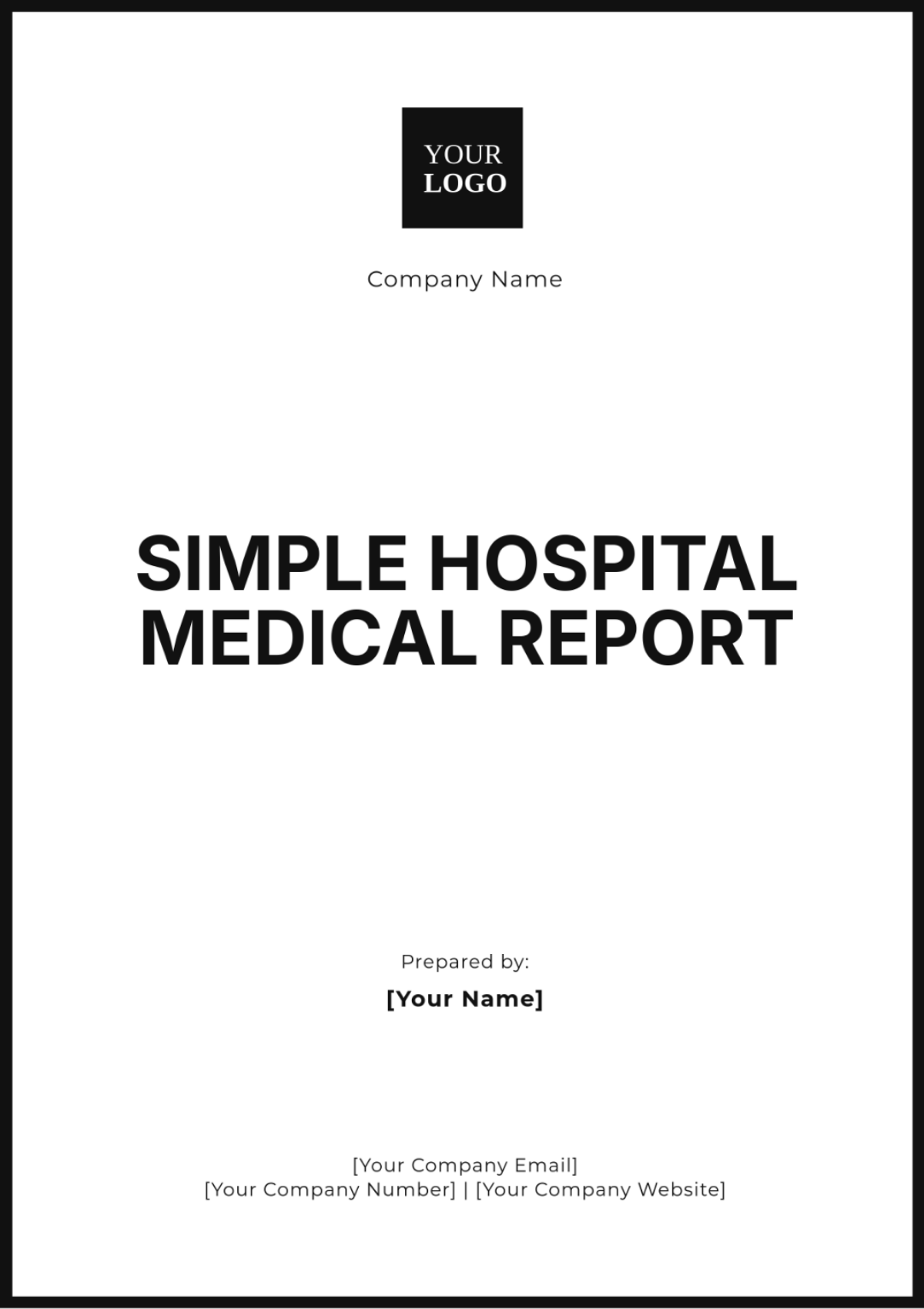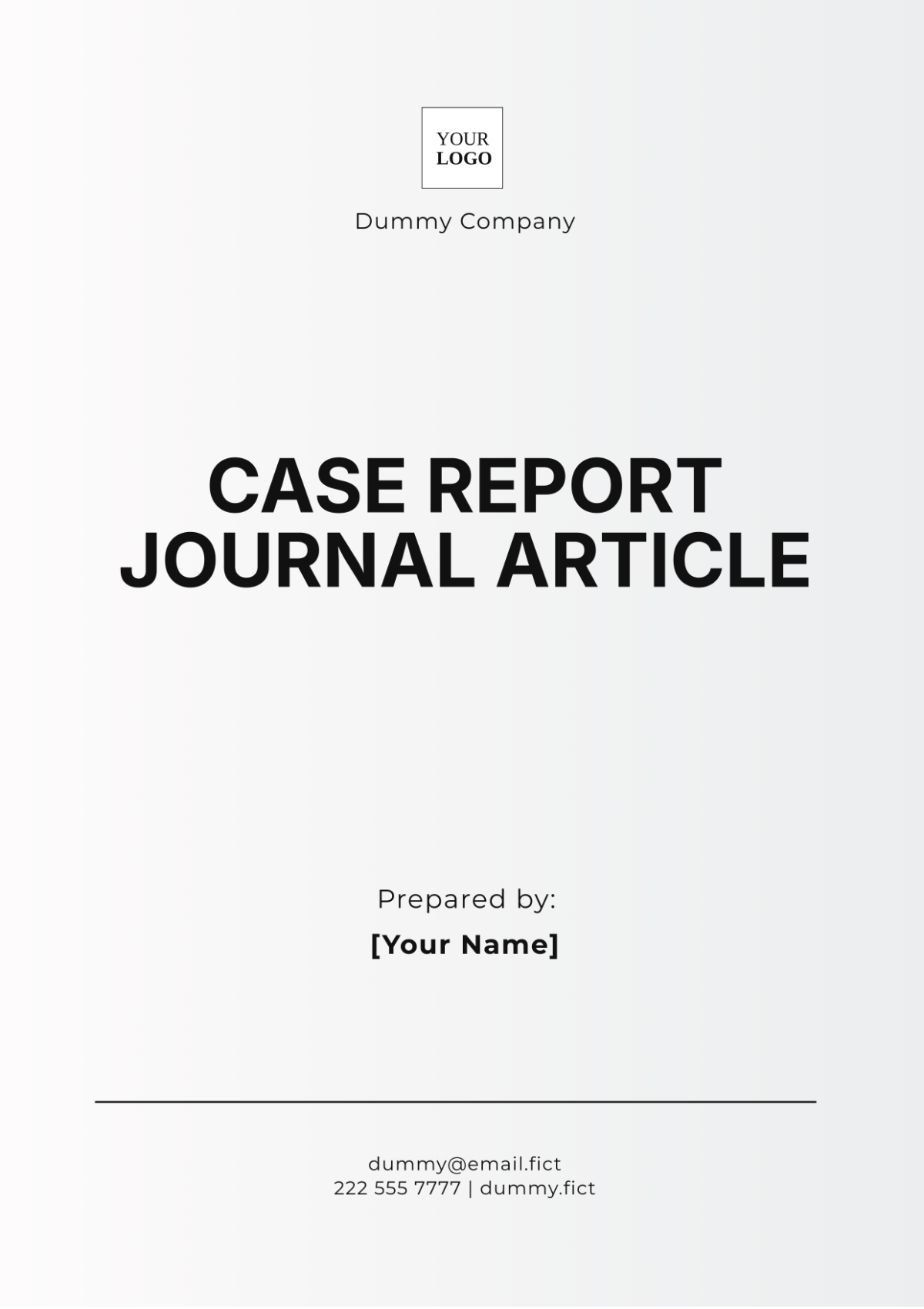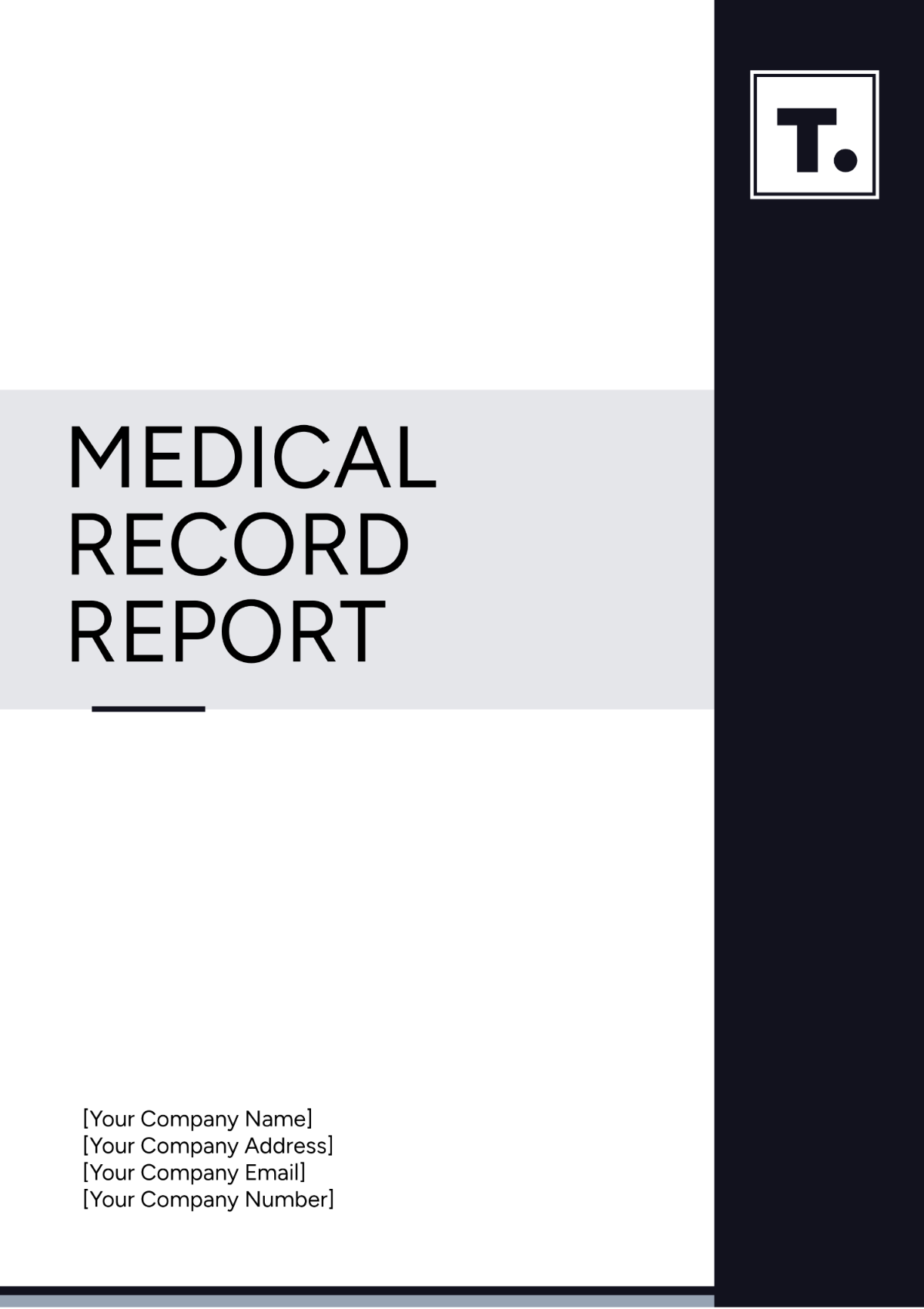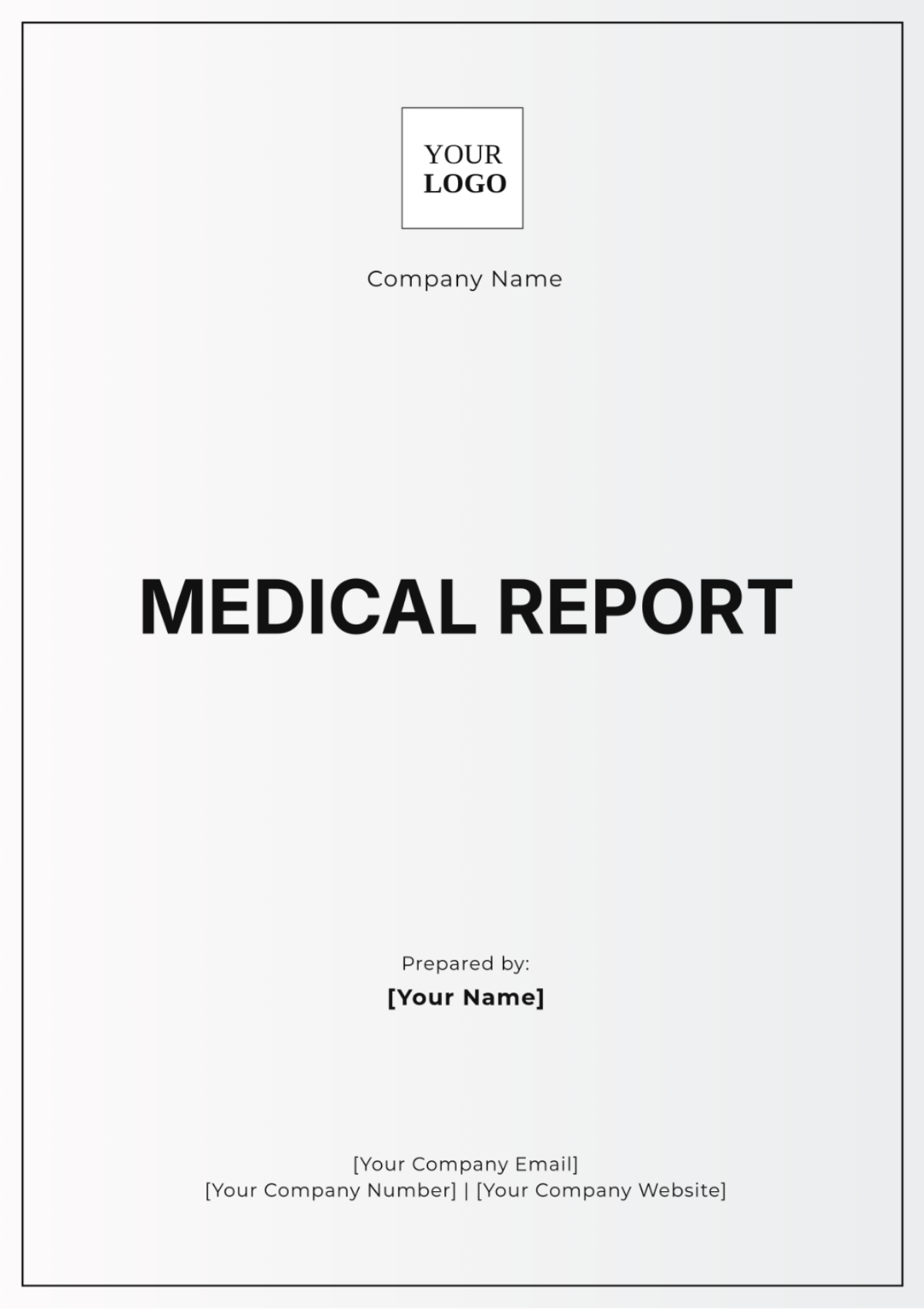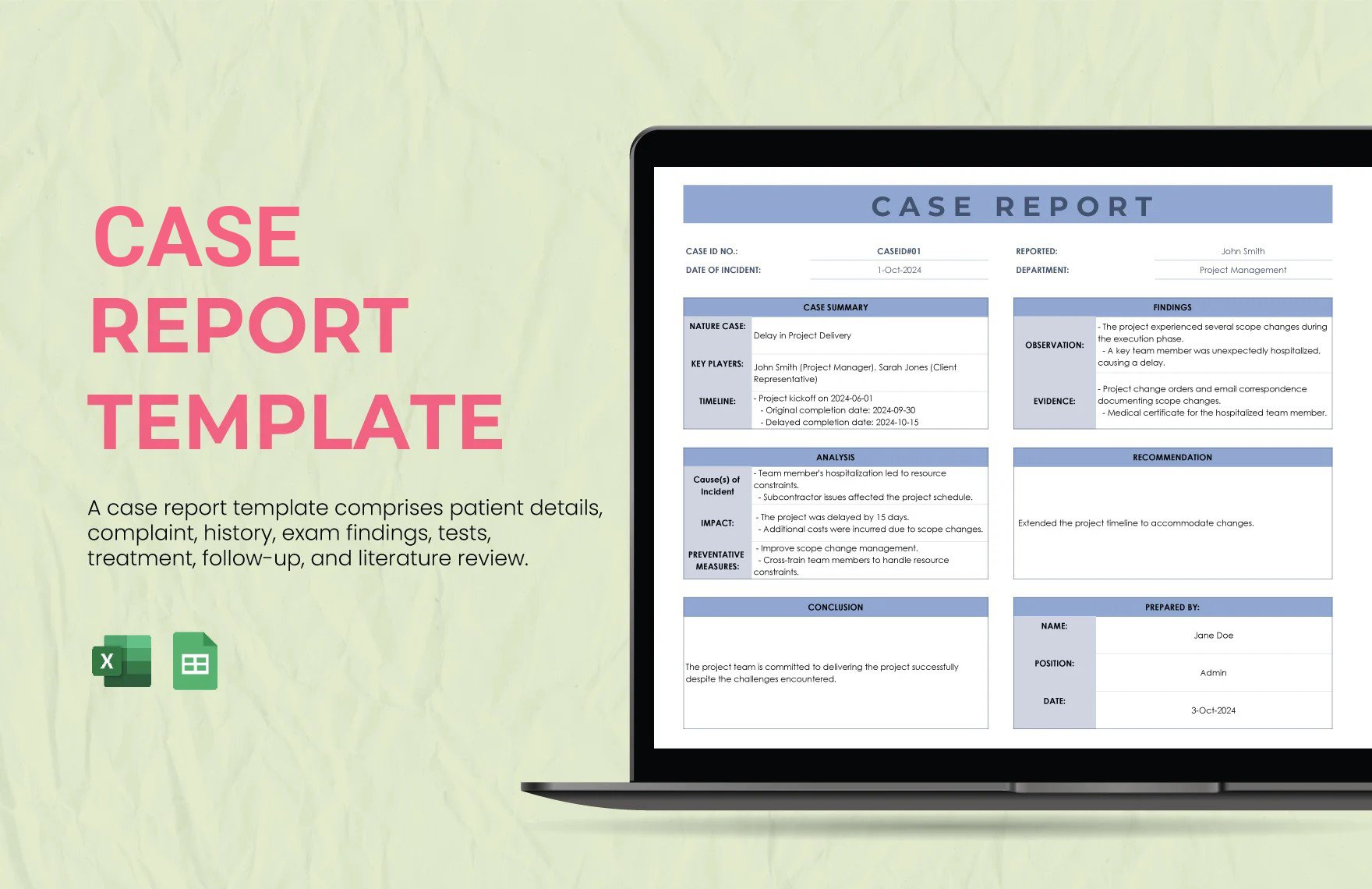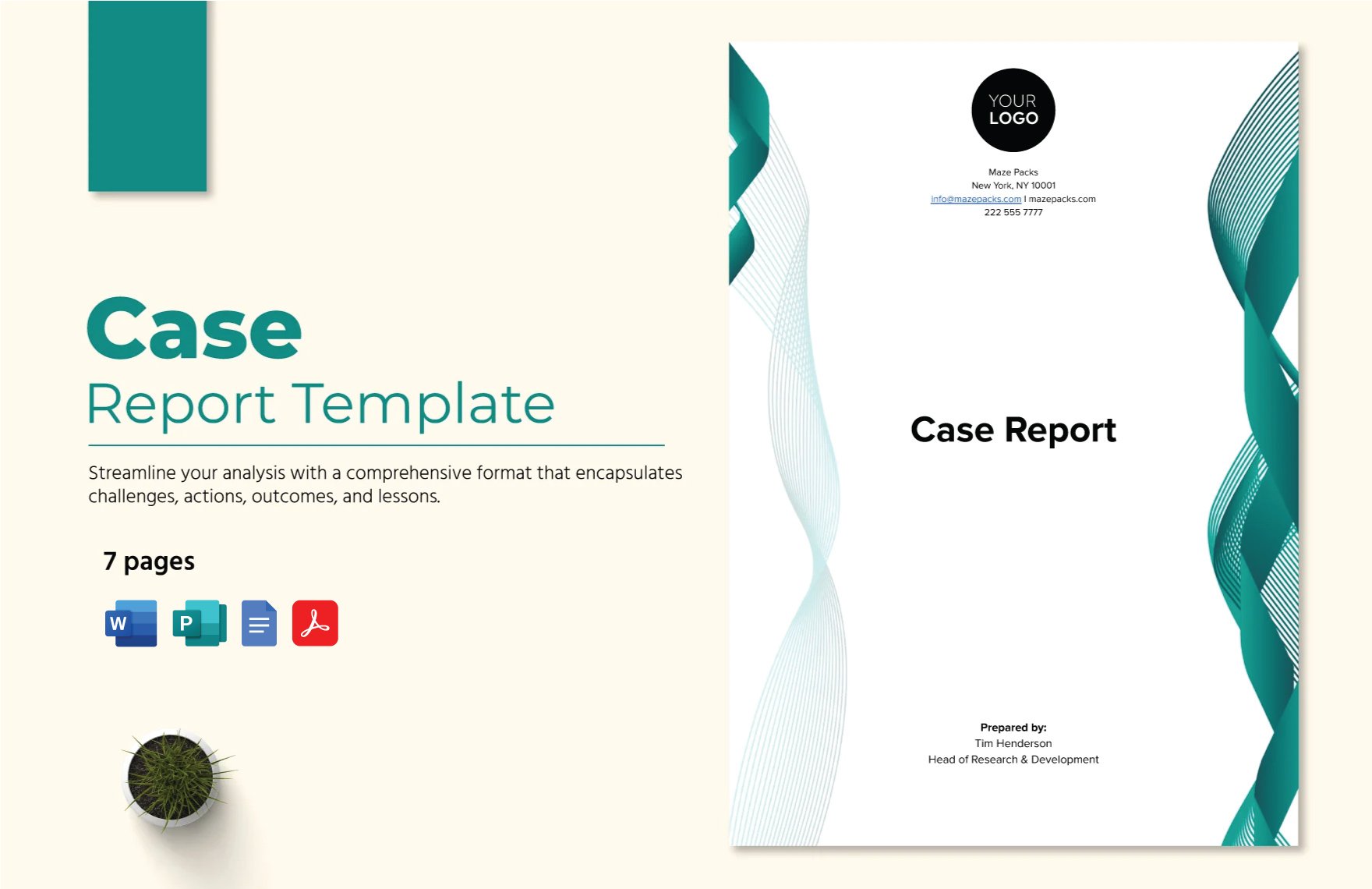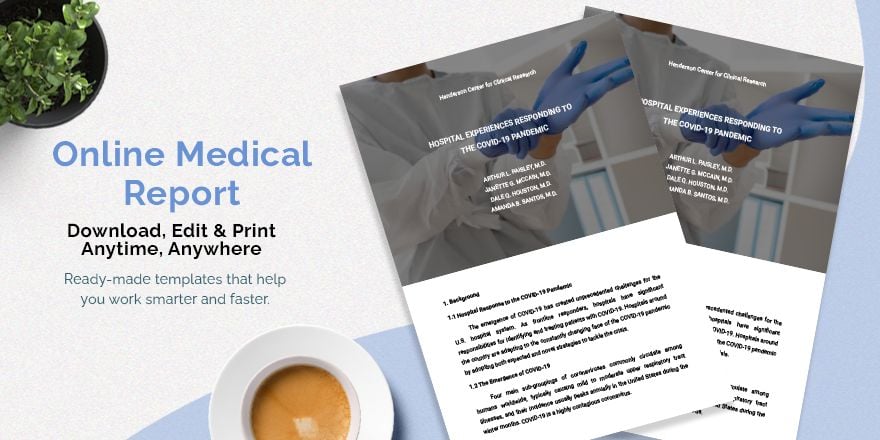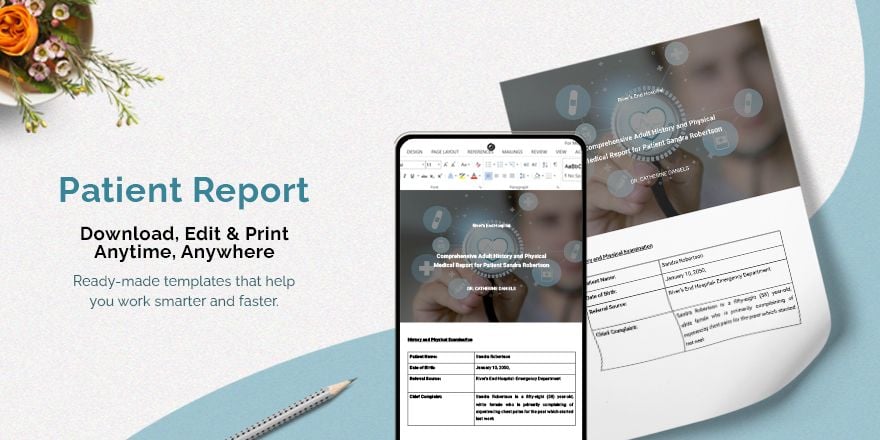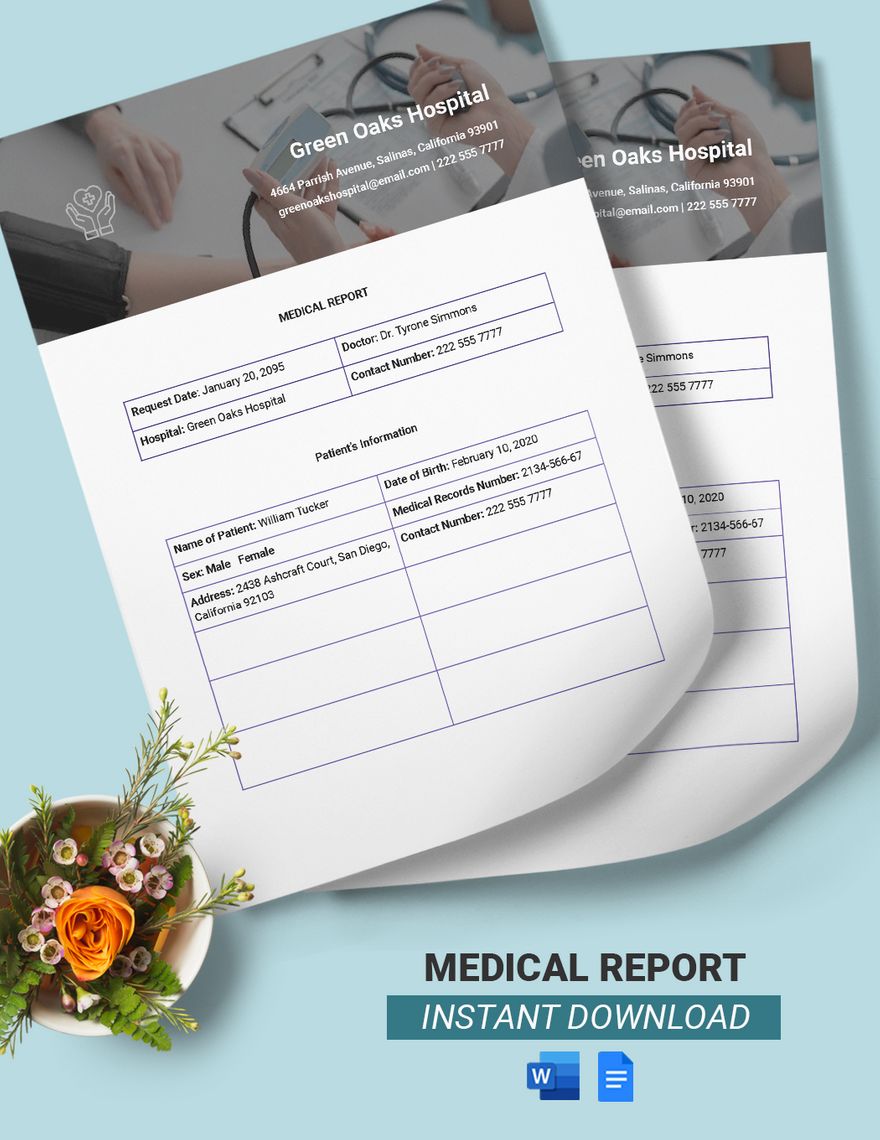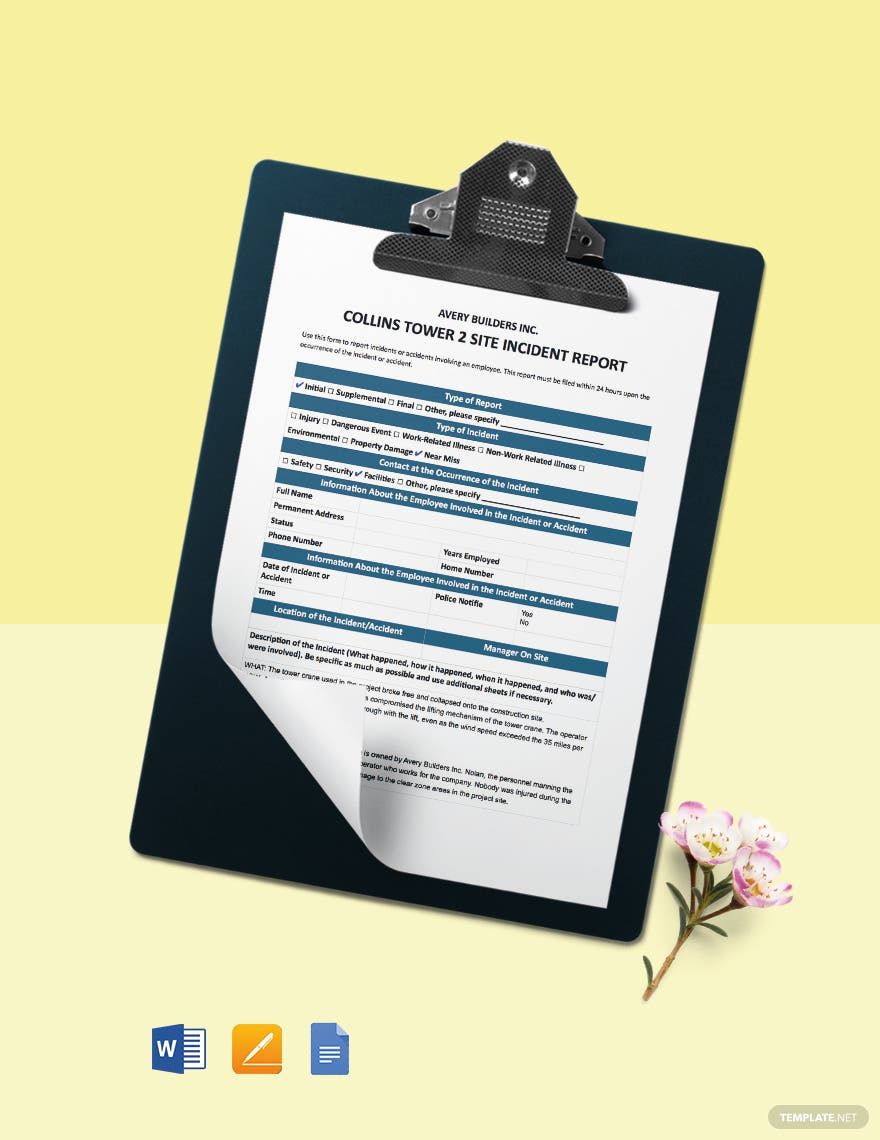Make Your Case Report Creation Effortless with Case Report Templates from Template.net
Whether you're a healthcare professional, academic researcher, or medical student, keep your workflow streamlined, accuracy consistent, and documentation professional with Case Report Templates from Template.net. Bring complex medical cases to life effortlessly – whether you're compiling a comprehensive patient file or preparing for a medical conference, these templates will support your needs. With options to include details like patient history, test results, and treatment plans, these templates make it easy to convey your case in a clear and organized manner. Leave behind the hassle of formatting or extensive manual input with our professionally designed templates that require no prior design skills. Make sure your information is not only well-presented but also customizable for print or digital distribution.
Discover the many Case Report Templates we have on hand for your convenience. Start by selecting a template that fits your requirements and seamlessly integrate your data by swapping in your content, adjusting colors, and selecting appropriate fonts to match your style or institutional guidelines. Enhance your reports with ease by dragging and dropping graphics, inserting diagrams, or even adding dynamic effects to make the information more engaging. The possibilities are endless, and you won’t need any design expertise to create professional results. Our template library is regularly updated with new designs, ensuring you always have access to modern and effective templates. Once you're done, effortlessly download or share your completed case report via email, link, or print, ready for submission or presentation across multiple channels.



























